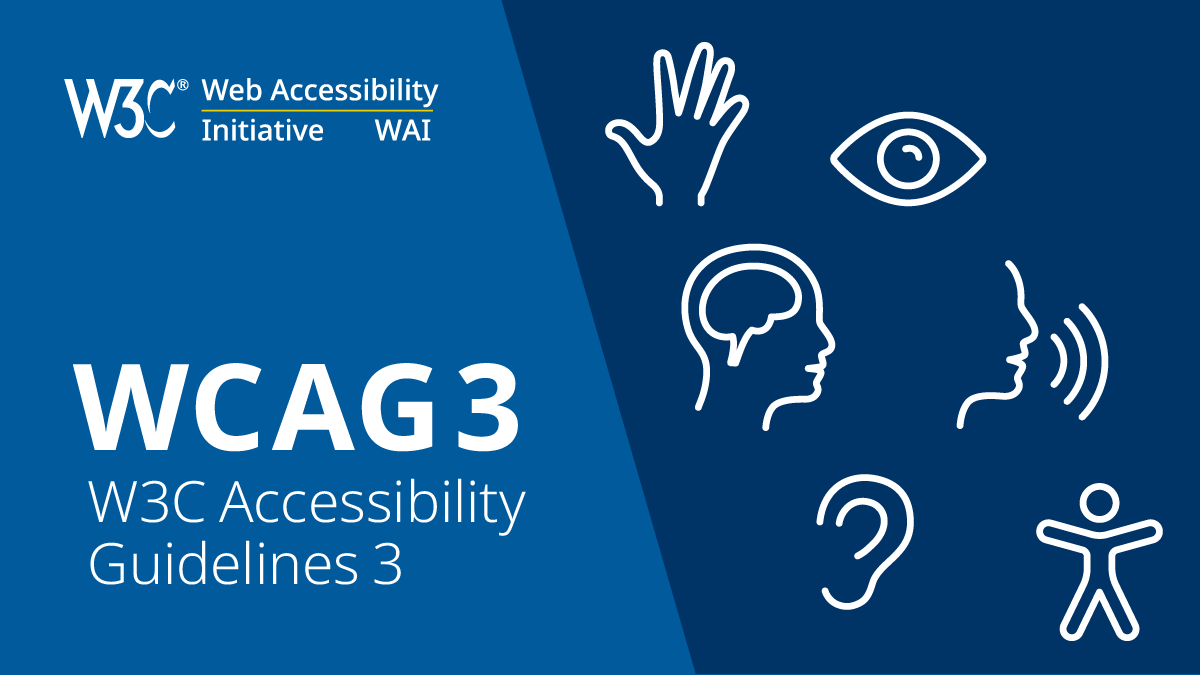Creative Corner
Explore a world of arts and crafts inspiration.
Waving Hello to All: Why Web Accessibility is Your New Best Friend
Unlock the secrets of web accessibility! Discover why it's essential for your site and how it can boost engagement. Waving hello to inclusion!
Understanding the Basics of Web Accessibility: What You Need to Know
Web accessibility is a crucial aspect of web design and development, aimed at making websites usable for individuals with disabilities. Understanding the basics of web accessibility involves recognizing the various barriers that can prevent people from fully engaging with online content. This encompasses visual impairments, hearing impairments, cognitive limitations, and even mobile usage challenges. Adhering to the Web Content Accessibility Guidelines (WCAG) is one way to ensure your website meets accessibility standards, which can help you reach a broader audience and improve user experience for everyone.
Implementing web accessibility can be approached in several key areas, including:
- Alternative Text: Provide clear and descriptive alt text for images to aid users with visual impairments.
- Keyboard Navigation: Ensure that all interactive elements can be accessed using a keyboard, catering to users who cannot use a mouse.
- Color Contrast: Use sufficient color contrast between text and background to enhance readability for users with vision difficulties.
By integrating these practices into your web design, you can create a more inclusive online environment that values accessibility.

5 Common Myths About Web Accessibility Debunked
Web accessibility is often misunderstood, leading to the perpetuation of various myths that can hinder efforts towards an inclusive online environment. One common misconception is that web accessibility is only about meeting legal requirements or avoiding lawsuits. In reality, it goes far beyond compliance. Accessibility ensures that all users, regardless of their abilities or disabilities, can access, navigate, and interact with web content. It is about providing an equal and enriching experience for everyone.
Another prevalent myth is that making a website accessible is too difficult or costly. While it may seem daunting initially, integrating accessibility features can often be as simple as following best practices in design and development. In fact, many accessible solutions enhance usability for all users, not just those with disabilities. By debunking these myths, we can encourage more webmasters to prioritize web accessibility, ultimately creating a more inclusive digital landscape.
How Web Accessibility Benefits Everyone: Inclusivity in the Digital Age
Web accessibility is not just about compliance; it is a fundamental aspect of creating a truly inclusive digital environment. By designing websites and applications that are accessible to individuals with disabilities, we extend the benefits of the internet to everyone. For instance, accessible features like captions on videos and text-to-speech capabilities assist those with hearing and visual impairments, but they also enhance the user experience for people in noisy environments or those who prefer consuming content audibly. Ultimately, a commitment to accessibility can improve overall usability and engagement for all users.
Furthermore, the principles of inclusivity in the digital age don't just apply to people with disabilities; they resonate with a broader audience. Consider how older adults may struggle with small text sizes or complex navigation, a common issue on many websites. By implementing accessible design practices, such as responsive layout and clear typography, we create a more user-friendly web. This shift not only fosters a sense of belonging among diverse user groups but also encourages businesses to tap into a wider consumer base, resulting in increased reach and potential profits.